Mentre entriamo nel 2025, la domanda di protezione solare per il viso sta raggiungendo livelli senza precedenti. Con una crescente consapevolezza degli effetti nocivi delle radiazioni ultraviolette (UV) e una crescente enfasi sulla cura della pelle, la protezione solare per il viso è diventata una parte essenziale della routine quotidiana. Questa impennata della domanda è guidata da una combinazione di consapevolezza della salute, dall'influenza dei social media e dalle tendenze più ampie di benessere e sostenibilità.
Sommario:
– Esplorare la popolarità della protezione solare per il viso: tendenze e potenziale di mercato
– Diversi tipi di protezione solare per il viso: pro, contro e opinioni dei consumatori
– Affrontare i problemi comuni dei consumatori con la protezione solare per il viso
– Innovazioni e nuovi prodotti nel mercato delle protezioni solari per il viso
– Conclusione: punti chiave per l’approvvigionamento di protezione solare per il viso nel 2025
Esplorare la popolarità della protezione solare per il viso: tendenze e potenziale di mercato
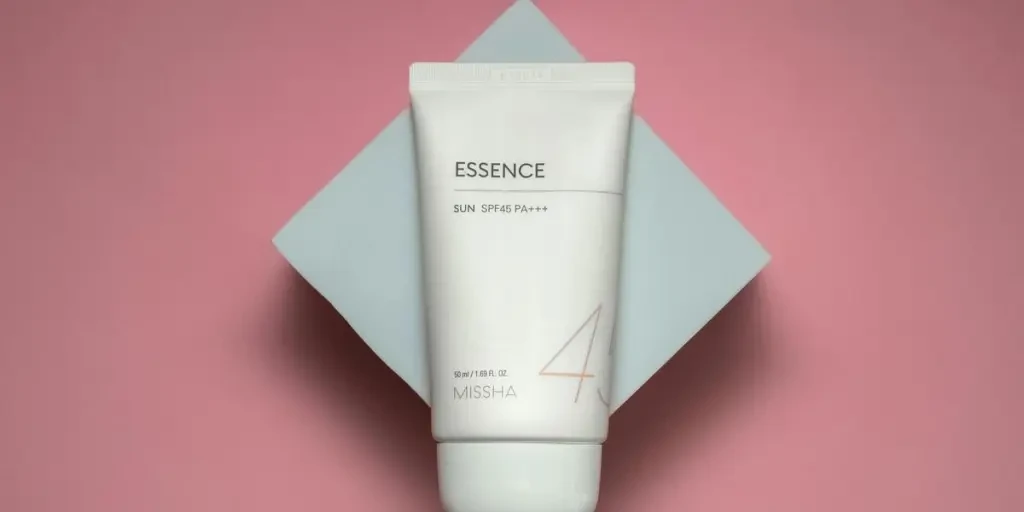
Social Media Buzz: hashtag e sponsorizzazioni di influencer
Nell'era digitale, le piattaforme dei social media svolgono un ruolo fondamentale nel plasmare il comportamento dei consumatori. L'hashtag #FaceSunscreen ha raccolto milioni di post su Instagram, TikTok e Twitter, con influencer e dermatologi che ne hanno sostenuto l'uso quotidiano. Le sponsorizzazioni degli influencer hanno notevolmente aumentato la visibilità e la credibilità dei prodotti solari per il viso, rendendoli un must nelle routine di cura della pelle. Il potere dei social media non può essere sottovalutato, poiché continua a guidare l'interesse e la consapevolezza dei consumatori sull'importanza della protezione solare.
Allineamento con tendenze più ampie: salute, benessere e sostenibilità
Il mercato delle creme solari per il viso è perfettamente allineato con le tendenze più ampie di salute, benessere e sostenibilità. I consumatori stanno dando sempre più priorità a prodotti che non solo proteggono la loro pelle, ma contribuiscono anche al loro benessere generale. L'ascesa della bellezza pulita e delle creme solari verdi, prive di sostanze chimiche nocive e rispettose dell'ambiente, è una testimonianza di questo cambiamento. Secondo un rapporto professionale, si prevede che il mercato globale delle creme solari crescerà a un tasso di crescita annuale composto (CAGR) del 5.28%, raggiungendo i 16.204 miliardi di dollari entro il 2029. Questa crescita è alimentata dall'aumento dei casi di cancro alla pelle e dalla crescente consapevolezza dei benefici delle creme solari.
Crescita della domanda dei consumatori: aree chiave da tenere d'occhio
Diversi settori chiave stanno guidando la crescita della domanda dei consumatori di protezione solare per il viso. In primo luogo, la crescente prevalenza di cancro della pelle e di altri disturbi cutanei indotti dai raggi UV ha aumentato la necessità di una protezione solare efficace. Secondo l'American Academy of Dermatology Association, il melanoma, una grave forma di cancro della pelle, è responsabile di un numero significativo di decessi per cancro della pelle. Questa statistica allarmante sottolinea l'importanza critica dell'uso della protezione solare per prevenire tali condizioni.
In secondo luogo, l'invecchiamento della popolazione sta contribuendo alla domanda di protezione solare per il viso. Con l'avanzare dell'età, la pelle diventa più suscettibile ai danni causati dalle radiazioni UV. I dati della Banca Mondiale mostrano che la popolazione di età pari o superiore a 65 anni rappresentava il 10% della popolazione globale nel 2022, evidenziando un segmento di mercato in crescita che richiede un'efficace protezione solare.
Infine, il fiorente settore dei viaggi e del turismo sta amplificando la necessità di protezione solare per il viso. Con più persone che viaggiano verso destinazioni soleggiate, la domanda di prodotti per la cura del sole è in aumento. Si prevede che il mercato dei prodotti per la cura del sole crescerà da 14.77 miliardi di dollari nel 2024 a 19.39 miliardi di dollari nel 2028, spinto dai crescenti livelli di radiazioni UV e dalla maggiore consapevolezza della salute della pelle.
In conclusione, il mercato delle creme solari per il viso è pronto per una crescita significativa nel 2025, guidata dall'influenza dei social media, dall'allineamento con le tendenze di salute e benessere e dalla crescente domanda di una protezione solare efficace. Man mano che i consumatori diventano più consapevoli dell'importanza di proteggere la propria pelle dai dannosi raggi UV, la domanda di creme solari per il viso continuerà a salire, rendendolo un mercato redditizio per gli acquirenti aziendali.
Diversi tipi di protezione solare per il viso: pro, contro e opinioni dei consumatori
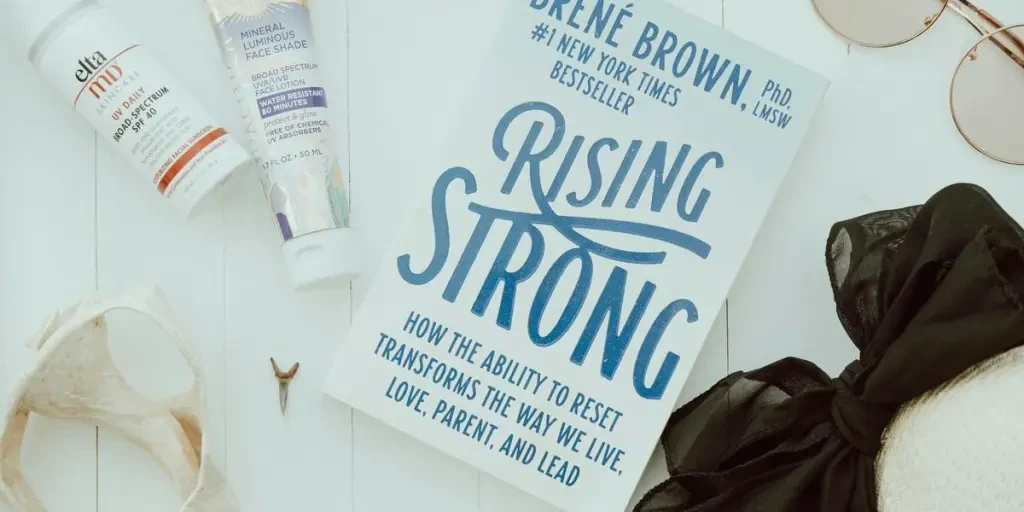
Filtri solari minerali vs. chimici: comprendere le differenze
Quando si selezionano le protezioni solari per il viso, gli acquirenti aziendali devono considerare le differenze fondamentali tra le protezioni solari minerali e quelle chimiche. Le protezioni solari minerali, spesso chiamate protezioni solari fisiche, contengono ingredienti attivi come ossido di zinco e biossido di titanio. Questi ingredienti si depositano sulla superficie della pelle e bloccano fisicamente i raggi UV. Secondo un rapporto dell'American Academy of Dermatology, le protezioni solari minerali hanno meno probabilità di causare irritazioni cutanee, il che le rende adatte ai tipi di pelle sensibile. Inoltre, iniziano a funzionare immediatamente dopo l'applicazione, il che rappresenta un vantaggio significativo per i consumatori che cercano una protezione immediata.
D'altro canto, le protezioni solari chimiche contengono composti organici come ossibenzone, avobenzone e octinoxate. Questi composti assorbono le radiazioni UV e le convertono in calore, che viene poi rilasciato dalla pelle. Le protezioni solari chimiche tendono a essere più leggere e meno visibili sulla pelle, il che le rende una scelta preferita per l'uso quotidiano sotto il trucco. Tuttavia, richiedono circa 20 minuti per diventare efficaci dopo l'applicazione. Inoltre, alcuni filtri chimici sono stati esaminati attentamente per il loro potenziale impatto ambientale, in particolare sulle barriere coralline, portando a una crescente domanda di formulazioni sicure per le barriere coralline.
Livelli SPF e la loro importanza: cosa devono sapere gli acquirenti
SPF, o fattore di protezione solare, è un fattore critico da considerare per gli acquirenti aziendali che si procurano creme solari per il viso. SPF indica il livello di protezione che una crema solare offre contro i raggi UVB, che sono i principali responsabili delle scottature. Una crema solare SPF 30, ad esempio, blocca circa il 97% dei raggi UVB, mentre SPF 50 ne blocca circa il 98%. La differenza può sembrare marginale, ma per i consumatori con pelle chiara o che trascorrono lunghi periodi all'aperto, livelli SPF più elevati possono fornire una protezione aggiuntiva significativa.
È essenziale che gli acquirenti aziendali capiscano che livelli di SPF più elevati non equivalgono a una protezione proporzionalmente più lunga. La riapplicazione ogni due ore, o più frequentemente se si nuota o si suda, è necessaria indipendentemente dal livello di SPF. Prodotti come Purescreen+ Invisible Daily Defense Mineral Face Liquid SPF 30 di Neutrogena, che combina un SPF elevato con protezione antiossidante, stanno guadagnando popolarità per i loro doppi benefici. Offrire una gamma di livelli di SPF può soddisfare diverse esigenze dei consumatori, dall'uso quotidiano in città alle intense attività all'aperto.
Feedback dei consumatori: cosa dicono gli utenti sui marchi più popolari
Il feedback dei consumatori è prezioso per gli acquirenti aziendali quando selezionano le protezioni solari per il viso. Marchi come Colorescience hanno ricevuto recensioni positive per il loro Sunforgettable Total Protection Face Shield SPF 50, elogiato per la sua formula leggera e non grassa che si fonde bene con vari toni della pelle senza lasciare una patina bianca. La protezione ad ampio spettro di questo prodotto contro UVA, UVB, luce blu e inquinamento lo rende una scelta versatile per i consumatori.
Allo stesso modo, Supergoop! ha raccolto un seguito fedele con il suo Unseen Sunscreen SPF 40, celebrato per la sua finitura invisibile e impalpabile che funge anche da primer per il trucco. I consumatori apprezzano la sua formulazione sicura per la barriera corallina, in linea con la crescente domanda di prodotti ecosostenibili. D'altro canto, alcuni filtri solari chimici sono stati criticati per aver causato irritazioni cutanee o sfoghi, evidenziando l'importanza di offrire opzioni ipoallergeniche e non comedogeniche.
Come affrontare i problemi comuni dei consumatori con la protezione solare per il viso
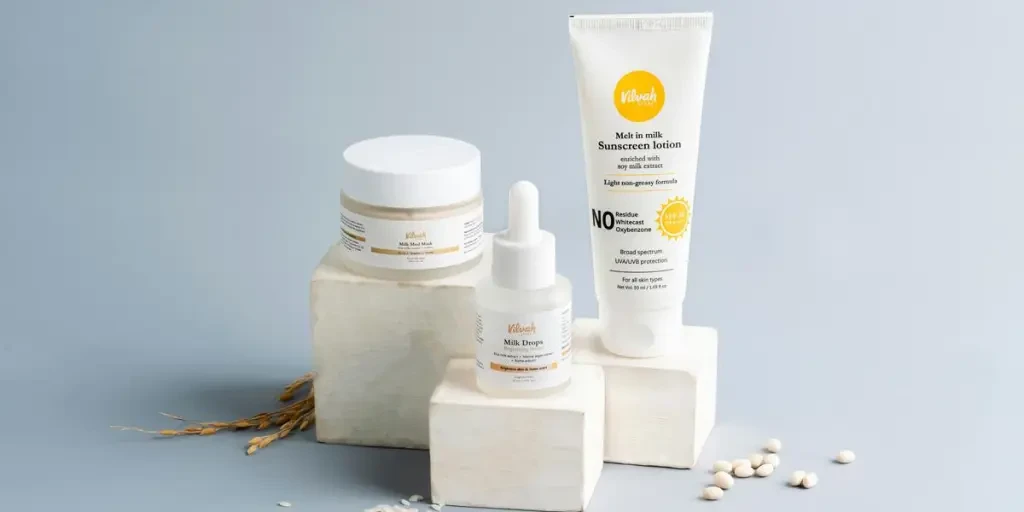
Come affrontare la sensibilità della pelle: opzioni ipoallergeniche e non comedogeniche
La sensibilità della pelle è una preoccupazione significativa per molti consumatori, rendendo le protezioni solari ipoallergeniche e non comedogeniche essenziali in qualsiasi linea di prodotti. Le protezioni solari ipoallergeniche sono formulate per ridurre al minimo il rischio di reazioni allergiche, spesso prive di fragranze, parabeni e altri potenziali irritanti. Marchi come La Roche-Posay hanno eccelso in quest'area con la loro linea Anthelios, che include prodotti specificamente progettati per pelli sensibili.
Le protezioni solari non comedogeniche, d'altro canto, sono formulate per evitare di ostruire i pori, una caratteristica fondamentale per i consumatori inclini all'acne o alle eruzioni cutanee. Prodotti come EltaMD UV Clear Broad-Spectrum SPF 46 sono altamente raccomandati dai dermatologi per la loro capacità di proteggere la pelle senza esacerbare l'acne. Includere tali prodotti nell'inventario di un'azienda può soddisfare un pubblico più ampio, assicurando che anche coloro che hanno una pelle sensibile o incline all'acne possano trovare una protezione solare adatta.
La ricerca di formule non grasse: innovazioni nella consistenza e nell'assorbimento
La consistenza e il tasso di assorbimento delle protezioni solari per il viso sono fattori critici che influenzano la soddisfazione del consumatore. Molti consumatori non amano la sensazione untuosa e pesante delle protezioni solari tradizionali, il che ha portato a innovazioni in formule leggere e ad assorbimento rapido. Ad esempio, BIOTHERM SUN CARE FACE SPF50+ offre una formula non appiccicosa e ad assorbimento rapido che lascia la pelle con una sensazione di comfort e libera da una pesante patina bianca.
Anche innovazioni come le protezioni solari in gel e le formulazioni a base d'acqua stanno guadagnando terreno. Questi prodotti forniscono un effetto rinfrescante e rinfrescante all'applicazione, rendendoli particolarmente attraenti nei climi caldi e umidi. Marchi come Shiseido hanno introdotto prodotti come Ultra Sun Protector Spray SPF 40, che unisce facilità di applicazione a una finitura leggera e traspirante. Offrire una varietà di texture può aiutare le aziende a soddisfare le diverse preferenze dei consumatori e migliorare l'esperienza complessiva dell'utente.
Preoccupazioni ambientali: creme solari ecologiche e sicure per la barriera corallina
La sostenibilità ambientale sta influenzando sempre di più le scelte dei consumatori, con creme solari ecologiche e sicure per la barriera corallina che stanno diventando sempre più popolari. Le creme solari sicure per la barriera corallina escludono sostanze chimiche nocive come l'ossibenzone e l'octinoxate, che hanno dimostrato di danneggiare le barriere coralline. Marchi come Raw Elements e Stream2Sea sono stati pionieri in questo settore, offrendo imballaggi e formulazioni biodegradabili che sono sicure per la vita marina.
Le protezioni solari ecologiche si concentrano anche su fonti sostenibili e un impatto ambientale minimo. Ad esempio, la protezione solare liquida per il viso Neutrogena Purescreen+ Mineral UV Tint è formulata senza sostanze chimiche nocive e confezionata in materiali riciclabili. Gli acquirenti aziendali dovrebbero prendere in considerazione l'idea di rifornirsi di tali prodotti per attrarre consumatori attenti all'ambiente e allinearsi alle tendenze globali sulla sostenibilità.
Innovazioni e nuovi prodotti nel mercato delle protezioni solari per il viso
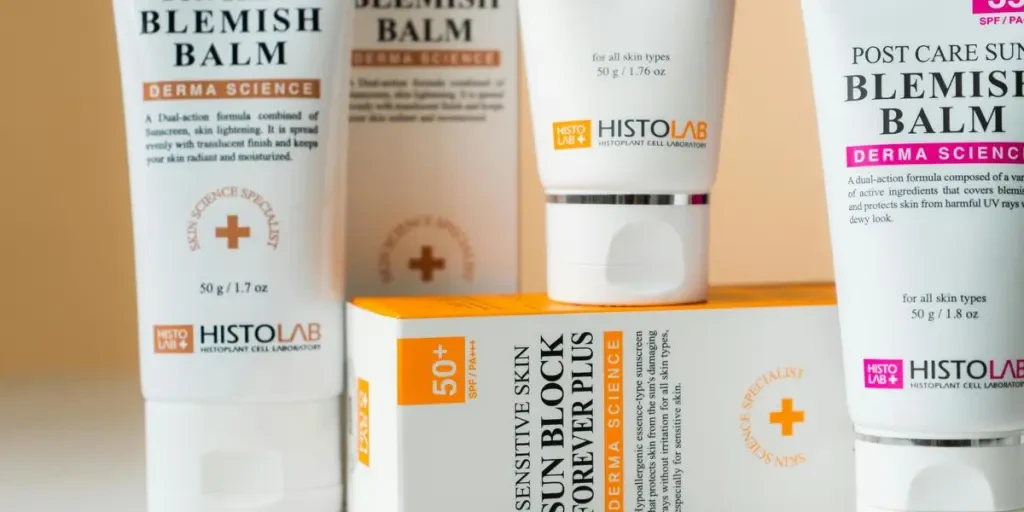
Ingredienti rivoluzionari: il ruolo degli antiossidanti e degli estratti naturali
L'inclusione di antiossidanti ed estratti naturali nelle protezioni solari per il viso è una tendenza significativa, che offre ulteriori benefici per la pelle oltre alla protezione UV. Gli antiossidanti come la vitamina C, la vitamina E e l'estratto di tè verde aiutano a neutralizzare i radicali liberi generati dall'esposizione ai raggi UV, riducendo il rischio di invecchiamento precoce e danni alla pelle. Prodotti come Glow Hub Defend Yourself Facial Sunscreen SPF 30 combinano una protezione ad ampio spettro con ingredienti ricchi di antiossidanti, offrendo un doppio vantaggio di protezione solare e nutrimento della pelle.
Anche gli estratti naturali come aloe vera, camomilla e calendula vengono incorporati per le loro proprietà lenitive e antinfiammatorie. Questi ingredienti sono particolarmente benefici per la pelle sensibile, aiutando a calmare irritazioni e rossori. Si prevede che la tendenza verso formulazioni naturali e biologiche continuerà, spinta dalla domanda dei consumatori di prodotti di bellezza puliti.
Protezioni solari multifunzionali: combinare i benefici della cura della pelle con la protezione solare
Le protezioni solari multifunzionali che combinano la protezione solare con i benefici per la cura della pelle stanno diventando sempre più popolari. Questi prodotti offrono praticità ed efficienza, attraendo i consumatori che desiderano semplificare le proprie routine di cura della pelle. Ad esempio, la lozione idratante per il viso CeraVe AM SPF 30 non solo fornisce una protezione ad ampio spettro, ma include anche acido ialuronico e ceramidi per idratare e ripristinare la barriera cutanea.
Un altro esempio è il Naked Sundays BeautyScreen SPF50 Peptide Foundation Tint, che offre un'elevata protezione SPF insieme a ingredienti per la cura della pelle come niacinamide e squalano vegano. Questi prodotti soddisfano la crescente domanda di soluzioni di bellezza multi-tasking, offrendo sia protezione che miglioramento in un unico passaggio.
Tecnologia all'avanguardia: filtri solari intelligenti e formule sensibili ai raggi UV
I progressi della tecnologia stanno portando allo sviluppo di filtri solari intelligenti e formule sensibili ai raggi UV. Questi prodotti innovativi cambiano colore o consistenza in risposta all'esposizione ai raggi UV, fornendo un segnale visivo per la riapplicazione. Ad esempio, le maschere laser JOVS sono progettate per essere sei volte più potenti dei tradizionali dispositivi di terapia con luce LED, offrendo una maggiore protezione e benefici per la pelle.
Sono in fase di studio anche formule UV-responsive, con ingredienti che attivano o potenziano le loro proprietà protettive all'esposizione alla luce solare. Questa tecnologia assicura una protezione costante ed efficace per tutto il giorno, adattandosi a diversi livelli di radiazioni UV. Gli acquirenti aziendali dovrebbero tenere d'occhio queste tecnologie emergenti, poiché rappresentano il futuro della protezione solare e offrono una significativa differenziazione di mercato.
Conclusione: punti chiave per l'acquisto di creme solari per il viso nel 2025
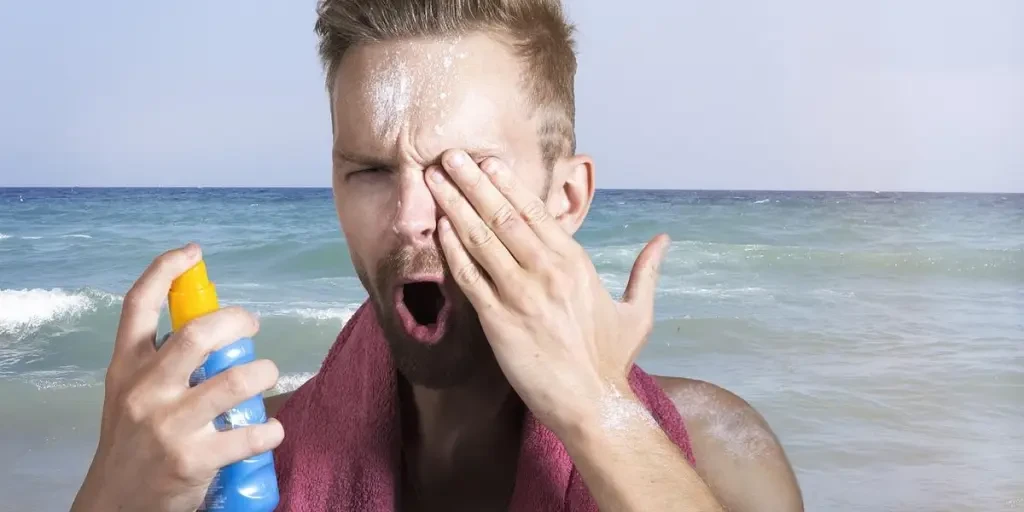
In conclusione, il mercato delle protezioni solari per il viso si sta evolvendo rapidamente, spinto dalla domanda dei consumatori di prodotti efficaci, multifunzionali e rispettosi dell'ambiente. Gli acquirenti aziendali dovrebbero dare priorità a una vasta gamma di protezioni solari, tra cui opzioni minerali e chimiche, vari livelli di SPF e formulazioni adatte alle pelli sensibili. Le innovazioni nella consistenza, nell'inclusione degli ingredienti e nelle tecnologie intelligenti stanno plasmando il futuro della protezione solare, offrendo ampie opportunità di differenziazione e soddisfazione dei consumatori. Restando sintonizzati su queste tendenze, le aziende possono garantire di soddisfare le esigenze in continua evoluzione dei propri clienti e mantenere un vantaggio competitivo sul mercato.





 বাংলা
বাংলা Nederlands
Nederlands English
English Français
Français Deutsch
Deutsch हिन्दी
हिन्दी Bahasa Indonesia
Bahasa Indonesia Italiano
Italiano 日本語
日本語 한국어
한국어 Bahasa Melayu
Bahasa Melayu മലയാളം
മലയാളം پښتو
پښتو فارسی
فارسی Polski
Polski Português
Português Русский
Русский Español
Español Kiswahili
Kiswahili ไทย
ไทย Türkçe
Türkçe اردو
اردو Tiếng Việt
Tiếng Việt isiXhosa
isiXhosa Zulu
Zulu